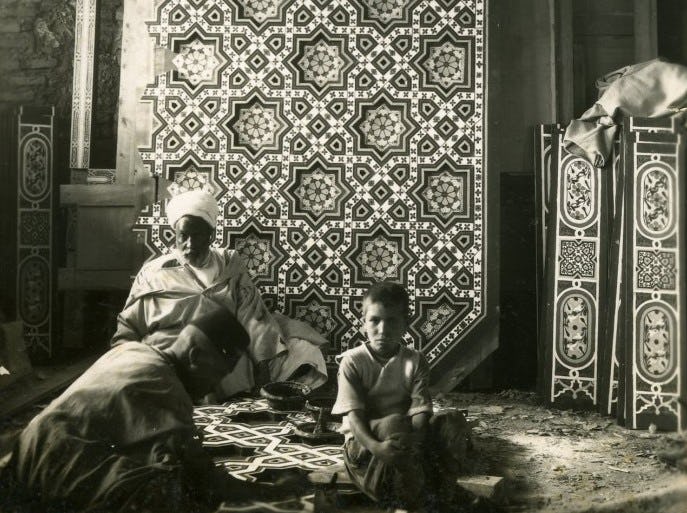Polychrome Tile Panel with Double-Vase Motif
Date17th century
PeriodSafavid
MediumCeramic, polychrome pigments
DimensionsOverall: 53 5/8 x 55 5/8 in. (136.2 x 141.3cm)
ClassificationsCeramics
Credit LineCourtesy of the Doris Duke Foundation for Islamic Art.
Object number48.82.1
DescriptionThis panel (one of a nearly identical pair) is composed of painted ceramic tiles depicting vases filled with blooming flowers and cypress trees inhabited by colorful birds. On the top of the panel, pairs of waterfowl are surrounded by swirling, Chinese-style clouds. A solitary heron stands by the trunk of a tree in the lower right-hand corner. This lively, colorful tile panel was created using the “black-line technique” (also known as cuerda seca), in which a mixture of oil and manganese was used to outline the designs, preventing the colorful glazes from mixing together. This mixture burned off in the kiln, leaving a sharp, dark outline.
Panels such as these clad both religious and secular buildings during the Safavid period (1501–1722 CE) in Iran. This tile panel was purchased in 1938 from a home in New Julfa, the Armenian suburb of the capital of Isfahan where tiles in the Safavid style adorned both the interior of Armenian Christian churches as well as the interiors and exteriors of private residences.
On View
On viewCollections
17th century
17th century
17th century
17th century
17th century














